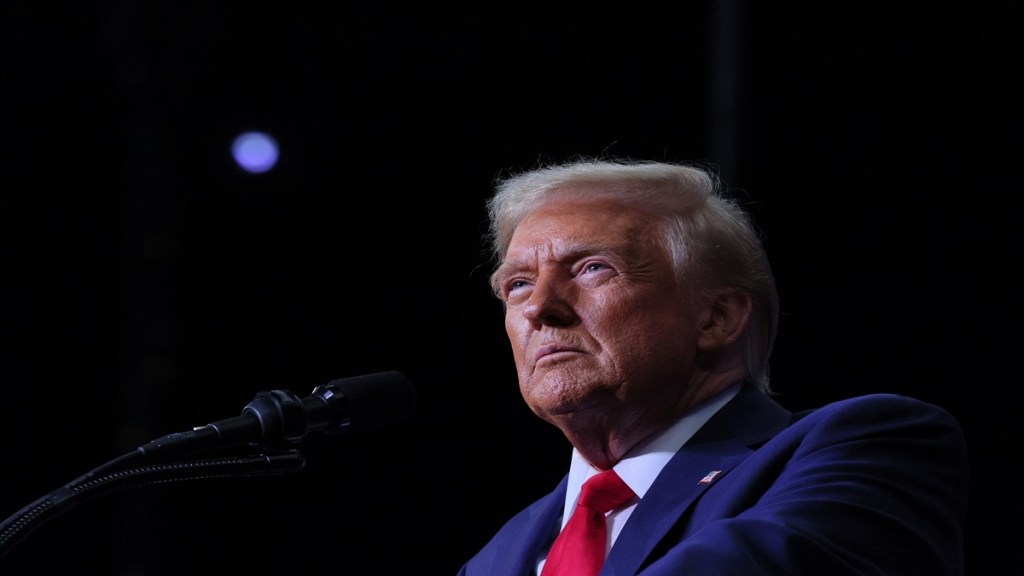– By Anjali Hirawat and Bharath Menon
Tariff rationalization is the process by which the tariff structure of a country is amended to address the anomalies in the tariff. Such Tariff anomalies may have arisen owing to frequent policy changes or may be the result of a protectionist policy more focused on protecting the domestic industry. Customs Tariff, if structured well, can boost domestic manufacturing of finished goods by making available cost effective raw materials, thereby, providing a fillip to exports of such finished goods as well. The Union Budget 2025-2026 has rationalized the Indian Tariff with respect to industrial goods and such a move has come against the backdrop of a tariff war that the United States of America has initiated against Canada, Mexico and China.
The United States administration has imposed additional tariffs on imports from these counties by imposing a national emergency to combat the surge in illegal immigration and fentanyl trafficking into the US. President Trump had earlier remarked that India’s protectionist Tariffs were detrimental to the development aspirations of American companies. On a week wrought with trade tension, with Canada imposing retaliatory tariffs of 25% on all US origin goods, the Mexican President vowing to put in place tariff and non-tariff barriers on imports from the US and the Chinese administration stating that it shall proceed with a lawsuit against the US before World Trade Organization for wrongful trade practices, India’s tariff rationalization has come as a step in the right direction.
The Union Budget 2025-2026 has sought to simplify the tariff structure by reducing the number of Tariff rate slabs from fifteen to eight, thereby aiming to bring down the incidence of classification disputes and to bolster the economic competitiveness of the Indian industries. It is worth noting that the earlier rate slabs of 100%, 125% and 150% have been reduced and capped at 70% which is now the peak tariff rate vis-a-vis industrial goods. To counterbalance this reduction in Tariff, the Government has imposed AIDC1 on some goods, in certain cases at the same rate as the import duty and in other cases at a rate lower than the import duty. The new budget has also sought to do away with surcharge in case of goods where AIDC is already leviable in a bid to simplify the tariff structure. Further, as part of the endeavour to simplify the tariff structure, effective rates of duty earlier prescribed by way of Notifications have been incorporated into the Customs Tariff itself.
Apart from Tariff rationalization, the Union Budget 2025-2026 has also sought to address the inverted Customs duty structure which has been a major impediment to competitiveness of the Indian manufactured goods in the global market. An inverted duty structure is where the duty is higher on raw materials and other intermediate inputs required to manufacture finished goods as compared to the duty on the finished goods itself. Such high duties on imported raw materials adds to the price of the finished goods. The 2025-2026 Budget has sought to rectify this by reducing or fully exempting Customs duties on various goods such as components used in the manufacture of LCD/LED TVs, critical minerals such as Zinc, Cobalt etc. used in the manufacture of Lithium ion batteries, capital goods used for manufacture of Lithium ion batteries, waste and scrap of copper, lead, tin used as raw materials in manufacturing, among others, to make the make the domestic manufacturing industry more competitive.
The rationalization of Tariff and the bringing down of peak rates of Tariff from 150%, 125%, 100% to 70% has sent a strong signal that India is no longer a high Tariff nation. This is more so in the case of India – United States bilateral relations as the United States Administration have for long viewed India as a high tariff nation. United States’ biggest concern with India’s Customs Tariff was with respect to the import duties imposed on motorcycles. The Union Budget 2025-2026 has sought to mend such trade concerns by lowering the import duties on high engine capacity motorcycles. Import duty on motorcycles with engine capacity of up to 1600cc, imported as completely built-up units, have been brought down to 40% from 50%. The import duties on semi knocked down kits of such motorcycles have been reduced from 25% to 20% and import duties for completely knocked down kits of motorcycles is now pegged at 10% from an earlier 15%. Similarly, the import duty of motorcycles with engine capacity higher than 1600cc, imported as completely built-up units, have been brought down to 30% from 50%. The semi knocked down kits of such motorcycles will now attract import duty at the rate of 20% as compared to 25% earlier and the completely knocked down kits will attract import duty at the rate of 10% as compared to 15%. This move by the Indian government creates a level playing field for the foreign manufacturers of motorcycles in the Indian market.
With tariff rationalization and measures being adopted to rectify the inverted duty structure, the Union Budget has sought to provide a boost to the manufacturing industry and set the stage for a healthy competition in the automobile sector.
(Anjali Hirawat is Partner; and Bharath Menon is Senior Associate atLakshmikumaran & Sridharan Attorneys.)
(Disclaimer: Views expressed are personal and do not reflect the official position or policy of Financial Express Online. Reproducing this content without permission is prohibited.)

